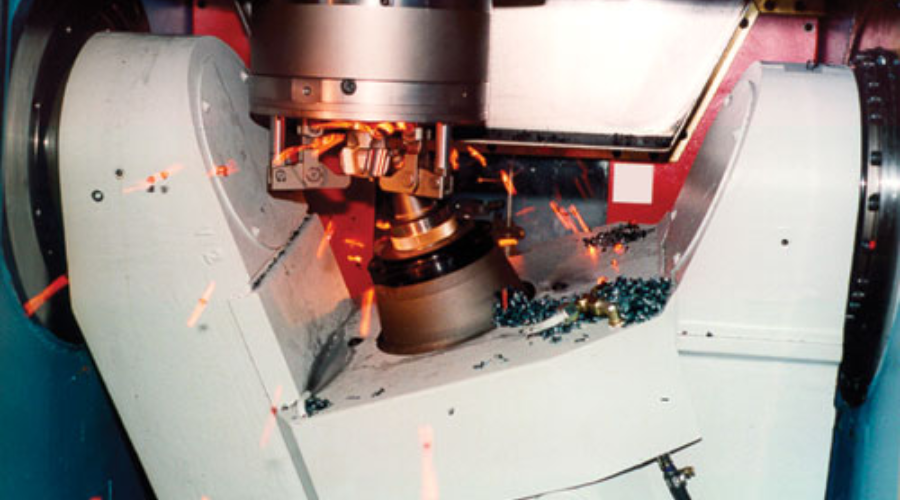Tips for Achieving High-Quality Finishes in Cast Iron Machining Parts
- zhongshanfuyuan
- Jul 28, 2023
- 3 min read

Machining cast iron parts requires finesse and skill to achieve high-quality finishes that meet industry standards. The surface finish plays a critical role in determining the performance and appearance of the final product. This article will delve into invaluable tips and tricks that can elevate your cast iron machining game to new heights. From choosing the right tools to mastering cutting parameters, let's explore the secrets to obtaining impeccable surface finishes in cast iron machining parts.
Understanding Cast Iron Characteristics
Different Types of Cast Iron
Before diving into the art of achieving superior finishes, it's essential to understand the various types of cast iron and their unique characteristics. Gray cast iron, ductile iron, and malleable iron are commonly used in engineering applications. Each type presents distinct challenges and considerations for achieving optimal surface finishes.
The Role of Microstructure
The microstructure of cast iron significantly influences the machining process and surface finish. Gray cast iron, with its graphite flakes, demands particular attention during machining, while the nodular graphite structure in ductile iron requires different machining approaches. Understanding the microstructure will aid in selecting the appropriate cutting tools and machining strategies.
Selecting the Right Cutting Tools: The Power of Carbide Inserts
Carbide inserts are indispensable allies in cast iron machining. Their exceptional hardness and wear resistance allows for prolonged tool life and consistent performance. Opt for sharp-edge carbide inserts designed explicitly for machining cast iron parts to achieve excellent surface finishes.
Coated vs. Uncoated Inserts
Coated carbide inserts provide a layer of protection against wear and heat buildup. When dealing with high-speed machining or challenging cast iron materials, coated inserts are preferred for their ability to withstand extreme conditions and deliver smoother finishes.
Polycrystalline Diamond (PCD) Tools
For ultra-fine surface finishes, consider using polycrystalline diamond (PCD) tools. PCD inserts boast exceptional hardness and low friction characteristics, making them ideal for achieving mirror-like finishes in cast iron machining.
Mastering Cutting Parameters
Optimal Cutting Speeds
The cutting speed significantly impacts the surface finish. Finding the right balance between cutting speed and material hardness is crucial. Adjustment of the cutting speed is based on the type of cast iron being machined to prevent excessive tool wear and achieve desired surface finishes.

Controlling Feed Rates
Steady and consistent feed rates contribute to improved surface finishes. Avoid sudden variations in feed rates that may lead to surface imperfections. Experiment with feed rates to determine the optimal setting for your specific cast iron machining application.
Depth of Cut Considerations
Determining the appropriate depth of cut is essential in achieving high-quality surface finishes. Shallow depths of cut are generally preferred for cast iron machining to minimize tool deflection and improve surface smoothness.
Effective Coolant Strategies
Using Cutting Fluids
Employing the proper cutting fluids can significantly affect surface finish quality. Cutting fluids reduces heat buildup during machining, improving tool life and smoother finishes. Select cutting fluids compatible with cast iron materials for best results.
Dry Machining for Certain Cast Irons
In some cases, dry machining can be a viable option for achieving high-quality finishes in cast iron. Dry machining eliminates the need for cutting fluids, reducing costs and potential environmental impact. However, dry machining suits specific cast iron types and applications.
Minimizing Vibration and Chatter
Rigidity in Machine Setup
Ensuring the machine's rigidity reduces vibration and chatter during machining. A stable machine setup minimizes tool deflection and improves surface finish quality.
Damping Solutions
Implementing damping solutions can help mitigate the issue in cases where vibration persists. Adding vibration-damping materials or using tuned mass dampers can significantly improve machining stability and surface finish.
Fuyuancasting
Fuyuancasting is a leading manufacturer and supplier of CNC machines and metal parts. Our cast iron parts are renowned in the marketplace for their durability, precision, and seamless finishes. Place your order with the trusted Cast Iron Machining parts manufacturer to get these fantastic parts at affordable rates.
FAQs
What is the best cutting tool for machining cast iron parts?
Carbide inserts, especially coated or PCD inserts, are excellent for machining cast iron parts and achieving high-quality surface finishes.
How does cutting speed affect surface finish in cast iron machining?
Optimal cutting speed selection ensures efficient material removal and contributes to achieving smoother surface finishes.
Can dry machining be used for all types of cast iron?
Dry machining is more suitable for certain cast iron types and applications, particularly when cutting fluids are not essential.



Comments